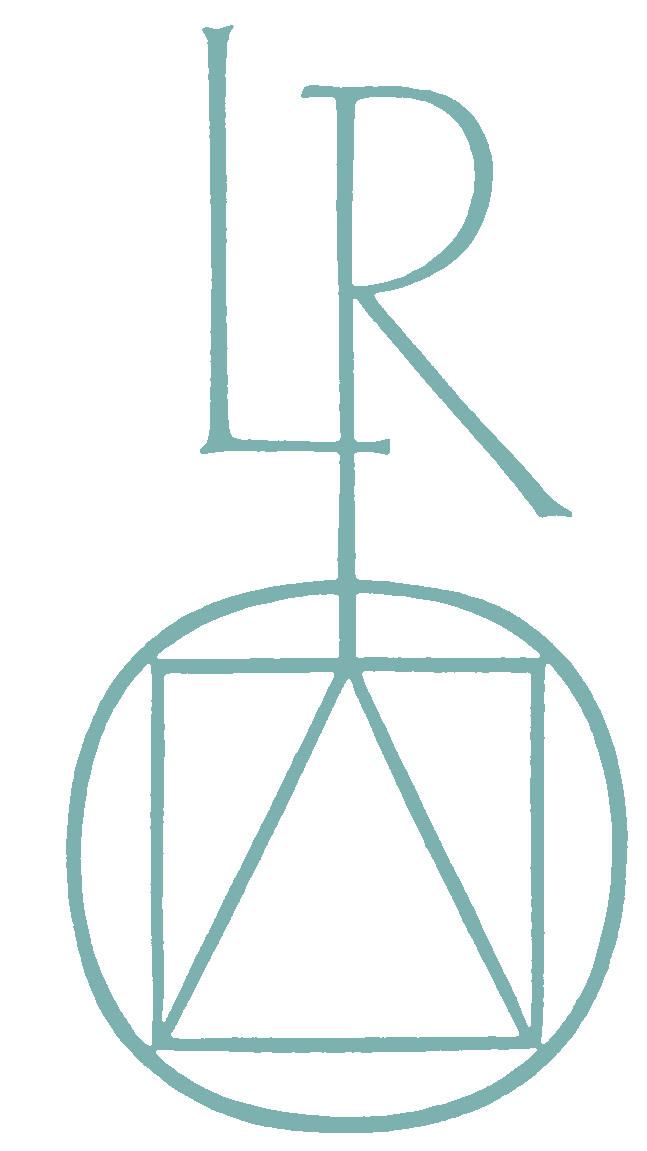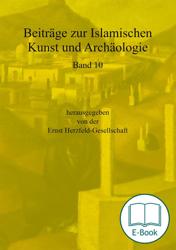The 10th volume of the Beiträge zur Islamischen Kunst und Archäologie offers an overview of the extent and complexity of funerary culture in Islamic contexts as attested by visual and material evidence, and the variety of methodological approaches and disciplinary perspectives its study requires. The nine essays forming the core of the volume focus on human remains, burials, cemeteries, monumental structures and complexes, inscriptions, manuscripts, paintings, and photographs. They cover almost all the regions of the dār al-Islām, spanning from the 7th century up to the present, and involve field archaeology and physical anthropology, history of architecture, epigraphy, art history, gender studies, social history, and anthropology.
This volume results from the 16th Colloquium of the Ernst Herzfeld Gesellschaft zur Erforschung der islamischen Kunst und Archäologie (EHG) | Ernst Herzfeld Society for Studies in Islamic Art and Archaeology, held in Rome from 1 to 3 July 2021.
It collects nine essays investigating, from diverse methodological and disciplinary perspectives, visual and material manifestations of funerary culture related to different geographical, chronological, and cultural contexts of the dār al-Islām.
The relationships between the late Ottoman Mosque of Zeyneb Sultan and the adjacent remains of the early Byzantine Theotokos Chalkoprateia church in Istanbul are explored in Franziska Schneider’s essay. Andrew Petersen’s contribution is an extensive and detailed overview of recorded excavations of Muslim burials and examines past and recent attitudes of archaeologists and local communities towards the study of human remains. The third essay, by Amelia Blundo, deals with the architectural artefacts found in the necropolis of Aswan and the origins of the muqarnas dome. Frantz Chaigne’s contribution focuses on the ‘global program’ pursued in realizing the mausoleum of Öljaytü in Sultaniyya, and the Qurʾān manuscripts specifically made for it. The almost coeval complex in Hasankeyf, known as Koç mosque, recently submerged due to the construction of the Ilısu dam, is thoroughly analysed by Ana Marija Grbanovic. Riyaz Latif approaches from a novel perspective the study of funerary complexes commissioned by and dedicated to royal ladies of the Aḥmad Shāhī dynasty. The works of the modernist Egyptian painter Mahmoud Saïd, especially those featuring funerary architecture he realised between 1924 and 1934, are the subject of Roberta Marin’s essay. Gianfranco Bria presents a reconstruction of the recent history of the Bekhtāshiyya in Albania, and its attempts to reclaim its social role after the end of communism.
The essays are preceded by an Introduction illustrating the Colloquium’s framework and are followed by an alphabetical list of the speakers with the titles of the papers they delivered.
Besides expanding the knowledge and interpretation of specific case-studies, the volume contributes to highlighting the extent and complexity of visual and material aspects of death, and the hereafter, in Islamic contexts, and the variety of methodological approaches and disciplinary perspectives required to draw a more systematic and comprehensive picture of funerary culture in Islam.
It addresses scholars, students, and a general audience.
https://corsidilaurea.uniroma1.it/it/users/michelinadicesareuniroma1it or
https://uniroma1.academia.edu/MichelinaDiCesare
Michelina Di Cesare was born in Sulmona (AQ), Italy, on the 4th of October 1975. She earned a PhD in Asia Africa and the Mediterranean (Islamic Studies; Islamic Archaeology and Art History) at the Università degli Studi di Napoli L’Orientale in 2017, a PhD in Greek and Latin Philology at Università degli Studi di Roma La Sapienza in 2006, a post-lauream Diploma for Curators of Medieval Archives and Books from the Università degli Studi di Cassino in 2002. She qualifed as Associate Professor of Islamic Archaeology and Art History in 2018 and as Full Professor in 2020.
Since 2023 she is Associate Professor of Islamic Archaeology and Art History in the Department of History Anthropology Religions Art History and Performing Arts at Sapienza Università di Roma; from 2019-2023 she was Associate Professor of Islamic Archaeology and Art History the Department of Sciences of Antiquity at Sapienza Università di Roma, from 2016-2019 Assistant Professor of Islamic Archaeology and Art History in the same Department; 2015-2016 Adjunct Professor of Religious History of Islam, Department of History Cultures and Religions , Sapienza Università di Roma; 2014-2020 Junior Research Fellow, Scuola Superiore di Studi Avanzati Sapienza; 2015, and 2012-2013 Visiting Fellow, Internationales Kolleg für Geisteswissenschaftliche Forschung Schicksal, Freiheit und Prognose. Bewältigungsstrategien in Ostasien und Europa, Friedrich-Alexander-Universität Erlangen-Nürnberg; 2013-2014 Research Associate in Islamic Archaeology and Art History, Department of Sciences of Antiquity, Sapienza Università di Roma; 2010-2011 Benedetto Croce National Prize Post-Doctoral Fellow, Istituto Italiano per gli Studi Storici, Naples; 2007-2010 Post-Doctoral Fellow, Kunsthistorisches Institut in Florenz-Max-Planck-Institut, Florence.
Markus Ritter, Professor History of Islamic Art, Department of Art History, University of Vienna, Austria. Doctorate (2003) on nineteenth-century religious building in Iran, taught as lecturer and professor at universities in Bamberg, Frankfurt am Main, and Zurich. Works on art and architecture of the Medieval to Pre-modern periods in the Persian and Arabic speaking regions of Islamic Western Asia. His major publications include Moscheen und Madrasabauten in Iran 1785–1848 (2006), The Golden Qur’an (2015; with Nourane Ben Azzouna), The Indigenous Lens: Early Photography in the Near and Middle East (2017; with Staci G. Scheiwiller), articles on different media in Medieval Islamic art and its European reception, and several edited volumes.
The aim of the Ernst Herzfeld Society is an adequate edition of all papers presented at the colloquia and other articles of academic value.


 Sample
Sample